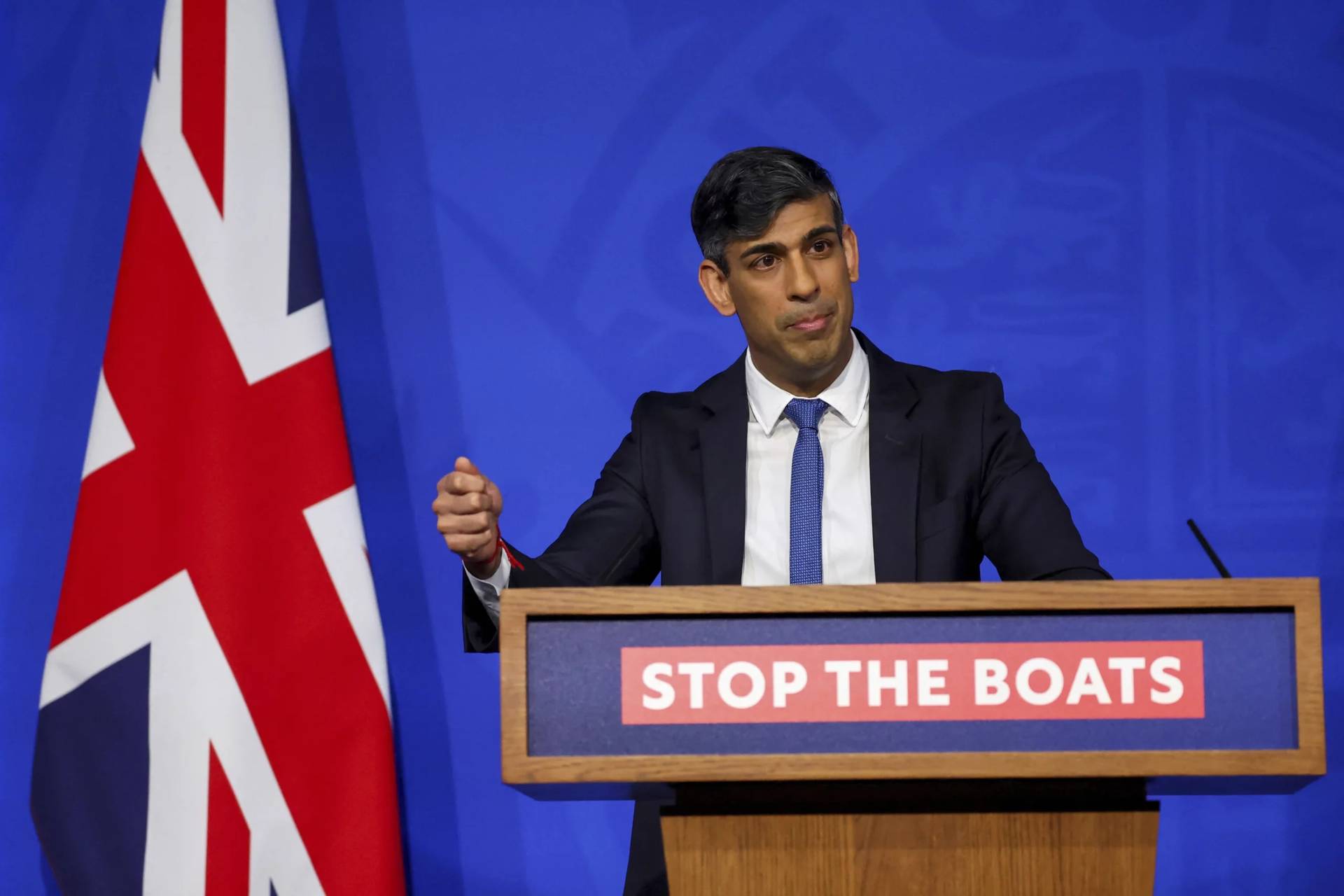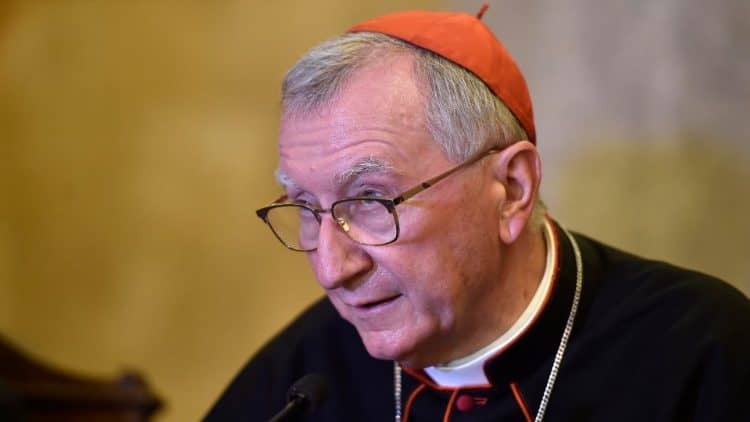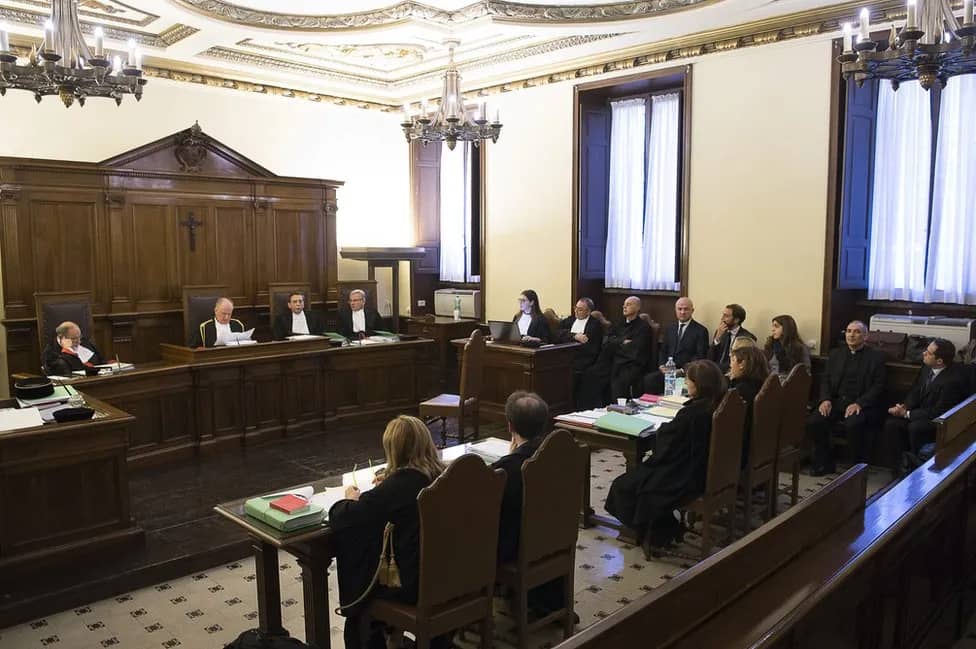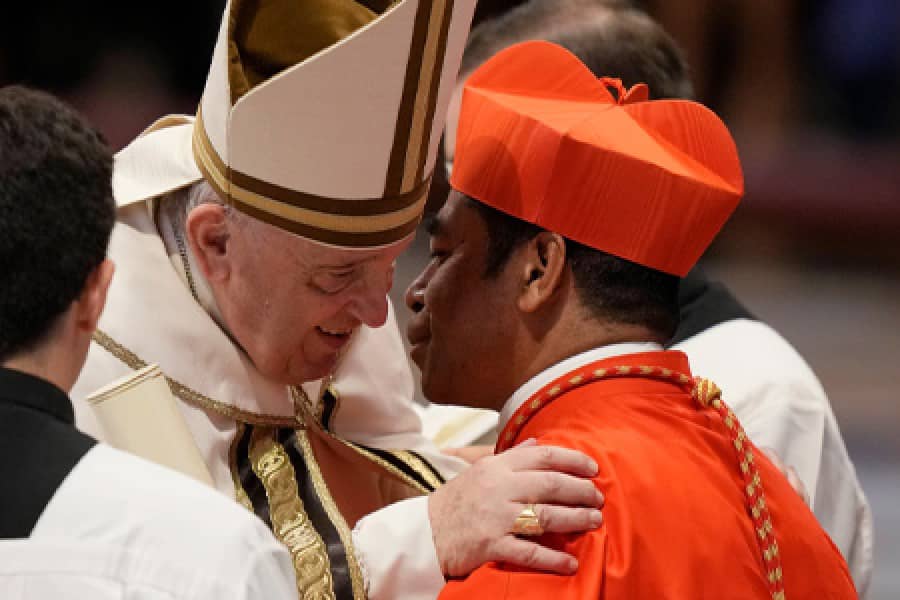YEREVAN, ARMENIA — Analysts like to say that the South Caucasus region, including Armenia, Georgia and Azerbaijan, is one of those spots where the burden of history is especially heavy.
Newly minted leaders here often make stops at the tombs of kings or martyrs from the past, in order to claim legitimacy in the present, and grievances from a century or more ago still define regional relationships.
Tensions forged by the past complicate life for anyone trying to navigate the area, even a pope. Francis is making not one but two trips to the South Caucasus in 2016, including his present June 24-26 outing to Armenia and a separate foray to Georgia and Azerbaijan in late September and early October.
Officially, organizers say logistics prevent combining the three stops, including the fact that Patriarch Ilia II of Georgia is presently in Crete for the “Holy and Great Council” of the Eastern Orthodox churches, and thus wouldn’t be on hand to host the pontiff.
In reality, however, everyone knows that given the animus between Armenia and Azerbaijan, it’s also simply less of a headache to visit them separately.
Pope Francis’s early hours in Armenia have been dominated by the echoes of the past, especially the storied mass killings of Armenians by the Ottoman Turks in 1915.
On day one, ears were straining to hear whether Francis would use the contentious word “genocide” to describe those killings, which he did, adding the phrase at the last minute to a speech Friday evening to political leaders and diplomats.
Saturday morning, the pontiff drove the message home with a stop at the Tsitsernakaberd genocide memorial complex outside Yerevan, seeing a Wall of Memory that stands there as well as the eternal flame recalling the victims, estimated to be as many as 1.5 million.
The pontiff was accompanied by Catholicos Karekin II, head of the Armenian Apostolic Church, and the two men took part in a brief prayer service. Francis also met a small group of descendants of survivors who were sheltered by Pope Benedict XV in 1915 at the pope’s summer residence of Castel Gandolfo outside Rome.
The pontiff also was flanked by President Serzh Sargsyan of Armenia and his wife, Rita. They were preceded by a small band of soldiers carrying a yellow floral wreath, which was positioned in front of the memorial.
The group paused for a moment of silence, after which Francis approached the flowers, caressed them, and then bent his head for several moments of silent prayer. He, Karekin and Sargsyan then carried small bundles of flowers down a set of steps to an eternal flame inside the memorial.
During the brief prayer service, Francis appeared visibly moved by the setting, generally standing with his head lowered and appearing visibly somber. Among the hymns performed was one composed in the run-up to April 2015, when the Armenian Apostolic Church canonized the genocide victims collectively.
Before leaving, Pope Francis blessed a pine tree being planted in honor of his visit and signed a book of remembrance, while musicians performed a haunting melody on the “doudouk,” an ancient double-reed flute made of apricot wood that’s indigenous to Armenia.
“May God take care of the memory of the Armenian people,” Francis wrote in the book. “Memory must neither be watered down nor forgotten; memory is a source of peace and of the future.”
After that emotional crescendo, the focus of the trip to some extent shifts to the present – and as it does, Francis may find that deciding whether or not to say “genocide” out loud was actually the easy part.
At least three thorny problems await.
First is the ever-present possibility that tensions between Armenia and Azerbaijan could reignite over the disputed area of Nagorno Karabakh, a mostly mountainous and forested area formally recognized as part of Azerbaijan but de facto controlled by Armenia after a bloody war that ended in 1994.
Francis aspires to promoting reconciliation and peace here, using every speech so far to urge not being consumed by the wounds of the past. Yet just two days before he arrived, the government of Azerbaijan issued a public appeal to Francis to use his visit to denounce what it called the “illegal occupation of Nagorno-Karabakh and surrounding Azerbaijani provinces” by Armenia.
The statement also called on Armenia to take responsibility for a massacre in 1992 during the war in the town of Khojaly, in which hundreds of ethnic Azerbaijani civilians were killed – an incident, by the way, for which some Azerbaijanis also insist on using the word “genocide.”
An Azerbaijani official wanted Francis to press for compliance with international resolutions, including from the Council of Europe and the UN, which call on Armenia to withdraw from Nagorno-Karabakh.
Although Francis can’t be expected to resolve a dispute that’s defied some of the world’s deftest statesmen and diplomats for a generation, the Azerbaijani request is a reminder that in the often zero/sum logic of the region, every point he scores in Armenia may come back to haunt him somewhere else.
Second, there is the possibility that Francis could face blowback from Turkey for Friday’s public use of the word “genocide,” as he did last April when he invoked the term during a joint liturgy with the Armenians in Rome.
At that time, Ankara withdrew its ambassador to the Vatican, Mehmet Paçaci, who returned to the post only ten months later. Turkey’s foreign minister accused Francis then of trafficking in “baseless allegations.”
Probably not coincidentally, just ten days ago Mehmet Paçaci hosted an Iftar dinner at Rome’s Palazzo della Cancelleria to commemorate the June 9, 1977, assassination of another Turksih ambassador to the Vatican, Taha Carim, by Armenian militants.
Although Pope Paul VI condemned the murder at the time, it was only earlier this year that the Vatican officially extended condolences as part of its effort to mend fences with Ankara over the genocide dispute.
It’s possible, therefore, that whatever good will Francis has accumulated here over the past 48 hours will be paid for in new heartburn with Turkey.
Already, one leading pro-government Turkish newspaper carried the headline of “Armenian Pope,” while another referred to a “Crusader Alliance against Turkey.”
Finally, Francis is also on a mission in Armenia to promote unity within the divided Christian world, in this case meaning closer ties with the Armenian Apostolic Church, part of the Oriental family of Orthodox churches.
The relationship between Rome and the Armenians has been strong for some time, culminating with two joint declarations between St. John Paul II and the Armenian Catholicos in 1996 and 2001.
In a clear sign of respect, the very first thing Francis did upon his arrival on Friday was to visit Karekin at the Armenian Apostolic Cathedral of the Holy Etchmiadzin and pray together with him.
Originally known as the Holy Mother of God Church, the 4th-century structure is the oldest state-built church in the world. The pope and Karekin bowed to kiss a cross and Book of the Gospels before embracing in a sign of peace.
“The patient and enduring commitment to full unity, the growth of joint initiatives and cooperation between all the Lord’s disciples in service to the common good: all these are like a radiant light in a dark night and a summons to experience even our differences in an attitude of charity and mutual understanding,” Francis said.
Yet the show of unity comes against the backdrop of a summit of Orthodox leaders simultaneously unfolding in Crete, on the other side of Turkey from Armenia, which was hobbled from the beginning by the defections of several churches, including the powerful Russian Orthodox Church.
Moreover, the Oriental churches such as Armenia’s were never to be voting members of that council anyway, invited only as observers. It’s a reminder that for every step forward in what Francis repeatedly has called the “journey together to full communion,” there’s often also a step back.
Of course, no one expected at the outset that a three-day journey to Armenia, by itself, was going to fix all these situations.
For sure, Pope Francis already has demonstrated that he can be as much of a hit in the South Caucasus as everywhere else, drawing warm reactions from locals, despite the fact that the Catholic community here is extremely small, and strongly positive media coverage.
Yet even he, sooner or later, also finds that history can be an awfully strong tide against which to swim.
















